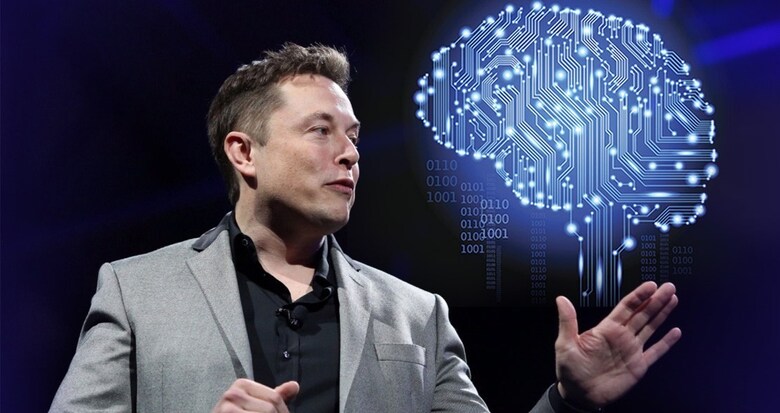What are the Pros and Cons of Elon Musk’s Brain Chip Neuralink?

I am a law graduate from NLU Lucknow. I have a flair for creative writing and hence in my free time work as a freelance content writer.

I am a law graduate from NLU Lucknow. I have a flair for creative writing and hence in my free time work as a freelance content writer.

I am a student pursuing my bachelor’s in information technology. I have a interest in writing so, I am working a freelance content writer because I enjoy writing. I also write poetries. I believe in the quote by anne frank “paper has more patience than person
After the company missed prior deadlines he had set, Elon Musk said on Wednesday that he anticipates a wireless brain chip developed by his company Neuralink to start human clinical testing in six months.

Elon Musk, a multibillionaire and the CEO of Twitter, stated on Wednesday that a wireless gadget built by Neuralink is set to start human clinical testing in six months. Neuralink is a neurotechnology company. According to Reuters, Musk stated that the restoration of vision is one of its initial intended uses.
The company, which has offices in Texas and the San Francisco Bay Area, has been involved in testing on animals as it waits for US regulatory approval for human clinical trials.
Read More: Elon Musk claims Apple has threatened to remove the Twitter app
Musk noted, “We want to be extremely careful and certain that it will work well before putting a device into a human. The progress at first, particularly as it applies to humans, will seem perhaps agonizingly slow, but we are doing all of the things to bring it to scale in parallel. “So, in theory, progress should be exponential.”
According to Musk, the Neuralink device’s first two human uses would be to restore vision and allow muscle movement in people who are unable to do so. Musk said, “Even if someone has never had a vision, ever, like they were born blind, we believe we can still restore vision.” A tiny device, electrode-laced wires, and a robot that removes a little portion of a person’s skull and inserts it into the brain are the components of the Neuralink product.
The event was initially scheduled for October 31 but Musk canceled it a few days early without providing a reason. More than a year ago, Neuralink gave its last public demonstration, which featured a monkey playing Pong on a computer.
Musk, who also owns the electric vehicle maker Tesla, the rocket company SpaceX, and the social networking site Twitter, is renowned for his aspirational plans to save humanity and colonize Mars. He holds the same lofty goals for Neuralink as well, which he founded in 2016.
He intends to create a chip that would enable the brain to control intricate electronic equipment, eventually restoring motor function to paralyzed persons and treating disorders of the brain including Parkinson’s, Alzheimer’s, and dementia. He also discusses combining artificial intelligence with the brain. However, Neuralink is going behind schedule.
In a 2019 presentation, Musk stated that his goal was to win regulatory permission by the end of 2020. Then, in late 2021, he declared at a conference that he wanted to begin human trials this year.
Current and former employees claim that Neuralink has routinely missed internal deadlines for obtaining FDA approval to begin human studies. According to Reuters, Musk approached rival Synchron early this year about a prospective investment after complaining to Neuralink staff members about their sluggish progress.
By successfully implanting its device in a patient in the United States for the first time in July, Synchron achieved a significant milestone. In 2021, it got regulatory approval from the US for use in human trials, and studies involving four Australians have been completed.

I am a law graduate from NLU Lucknow. I have a flair for creative writing and hence in my free time work as a freelance content writer.